29 May 2024 Daily Current Affairs
 About Magellan Mission:
About Magellan Mission:
- It was a deep space mission launched by NASA on May 4, 1989, to explore the planet Venus.
- It was launched from Cape Canaveral aboard the space shuttle Atlantis. It was the first interplanetary mission launched from the Space Shuttle and the first spacecraft to use the Inertial Upper Stage booster.
- It was named after the Portuguese explorer Ferdinand Magellan, who was the first to circumnavigate the earth.
- The primary goal of the Magellan mission was to map the surface of Venus using radar imaging, as the thick atmosphere of the planet made visual observation difficult.
- The Magellan spacecraft, which arrived at Venus in 1990, made the first global map of the surface of Venus as well as global maps of the planet's gravity field.
- The mission produced surprising findings about Venus, including a relatively young planetary surface possibly formed by lava flows from planet-wide volcanic eruptions.
- In October 1994, the Magellan spacecraft intentionally plunged to the surface of Venus to gather data on the planet's atmosphere before it ceased operations.
- It marked the first time an operating planetary spacecraft had been intentionally crashed.
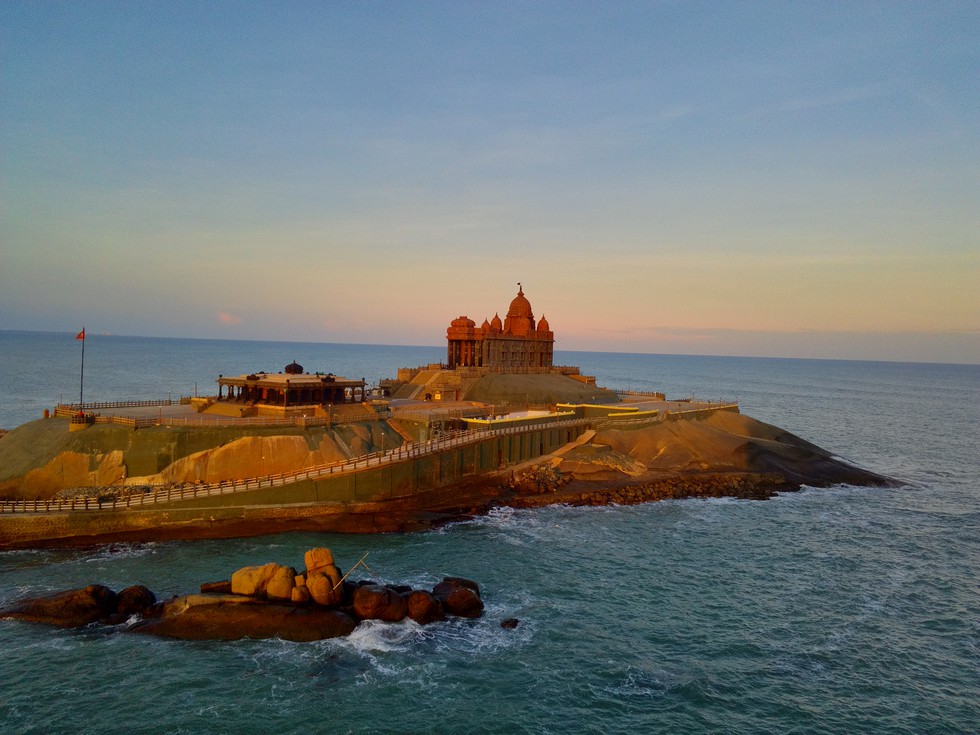
About Vivekananda Rock Memorial:
- It is located on a small island off Kanyakumari, Tamil Nadu.
- The memorial stands on one of the two rocks located about 500 meters off the mainland of Vavathurai.
- The rock is surrounded by the Laccadive Sea, where the Bay of Bengal, the Indian Ocean, and the Arabian Sea form a confluence.
- It was built in 1970 in honour of Swami Vivekananda, who is said to have attained enlightenment on the rock.
- It comprises of the 'Shripada Mandapam' and the 'Vivekananda Mandapam'.
- There is also a life-sized bronze statue of Swami Vivekananda on the premises.
- It is also a memorial for which all State Governments and the Central Government contributed.
Who was Swami Vivekananda?
- Swami Vivekananda (1863–1902), born Narendranath Datta, was a Hindu monkand one of the most celebrated spiritual leaders of India.
- He was the foremost disciple of Sri Ramakrishna Paramhamsa and a world spokesperson for Vedanta.
- He was hailed as a Dhyana Sidha, a meditation expert, by his guru, Ramakrishna Paramhamsa.
- He attempted to combine Indian spirituality with Western material progress, maintaining that the two supplemented and complemented one another.
- He believed that the path to self-purification is through helping others. He encouraged people to engage in selfless service and to work towards the betterment of society.
- Through his teachings on the four yogas, the harmony of religions, the divinity of the soul, and serving humanity as God, Vivekananda gave spiritual aspirants paths to that realization.
- Vivekananda represented Hinduism at the 1893 World’s Parliament of Religionsconvened during the World’s Columbian Exposition in Chicago.
- After his first visit to the West, Swami Vivekananda went back to India and founded the Ramakrishna Order at Belur outside of Kolkata in 1897.
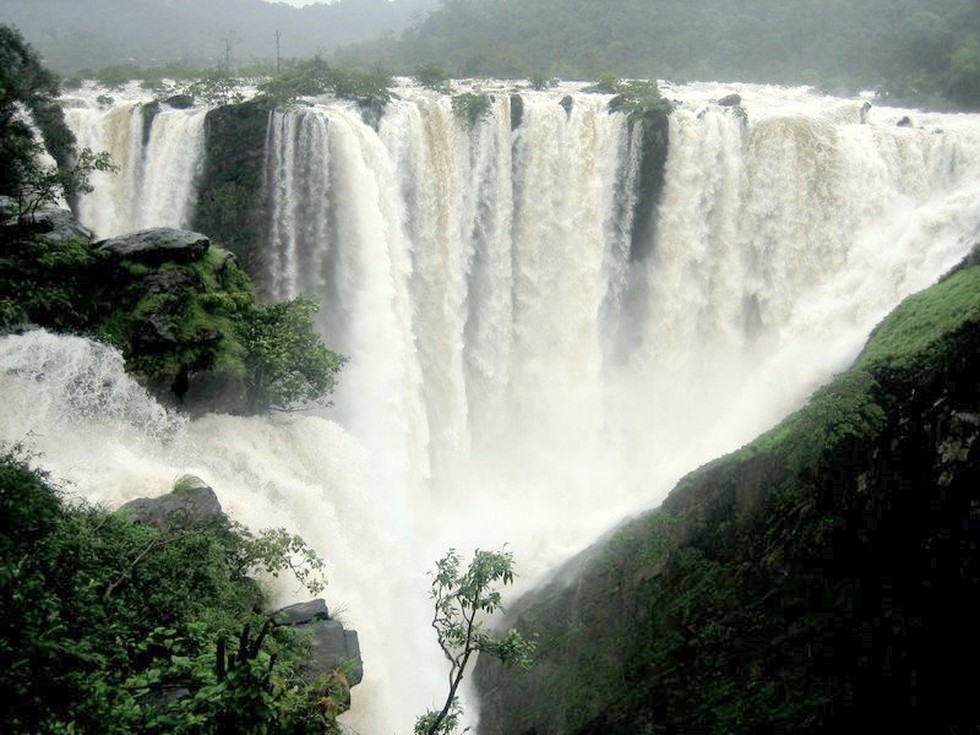
About Sharavathi River:
- It is a river in westernKarnataka state.
- It is one of the few westward-flowing rivers in India and a major part of the river basin lies in the Western Ghats.
- Course:
- Rising in the Western Ghats, it flows in a northwesterly direction to the Arabian Seaat Honavar in Uttara Kannada District.
- The length of the river is 128 km, and the river basin covers 2,985 sq km.
- On its way, the Sharavathi forms the Jog Falls, one of the highest waterfalls in India, where the river falls from a height of 253 m.
- Major Tributaries: Nandihole, Haridravathi, Mavinahole, Hilkunji, Yennehole, Hurlihole, and Nagodihole.
- It is a vital source of hydroelectric power in Karnataka. Currently, the river generates a significant portion (40 percent or 1,469.2 megawatts) of the state’s hydropower using seven existing dams and five tunnels.

About Bhabha Atomic Research Centre (BARC):
- It is India’s premier nuclear research facility.
- It is headquartered in Trombay, Mumbai, Maharashtra.
- It operates under the Department of Atomic Energy, which is directly overseen by the Prime Minister of India.
- It is a multi-disciplinary research centre with extensive infrastructure for advanced research and development covering the entire spectrum nuclear science and engineering and related areas.
- BARC is the research backbone of the Nuclear Power Corporation of India (NPCIL), which currently operates all nuclear power reactors in India.
- History:
- Homi Jehangir Bhabha conceived the nuclear program in India.
- Bhabha established the Tata Institute of Fundamental Research (TIFR) to carry out nuclear science research in 1945.
- To intensify the effort to exploit nuclear energy for the benefit of the nation, Dr. Bhabha established the Atomic Energy Establishment, Trombay (AEET), in January 1954 for a multidisciplinary research program essential for the ambitious nuclear program of India.
- After the death of Bhabha in 1966, AEET was renamed Bhabha Atomic Research Centre (BARC).
- Functions:
- It is engaged in research with the objective of generating knowledge and techniques for nuclear power production, the advancement of nuclear science, the use of radioisotopes in industry, health, and agriculture, and research in frontier areas of science and technology.
- It is responsible for the design and development of nuclear reactors, fuel cycle technologies, radiation protection, and safety systems.
- BARC also plays an important role in nuclear education and training. It offers various training programs for scientists, engineers and technicians in the areas of nuclear science and technology.
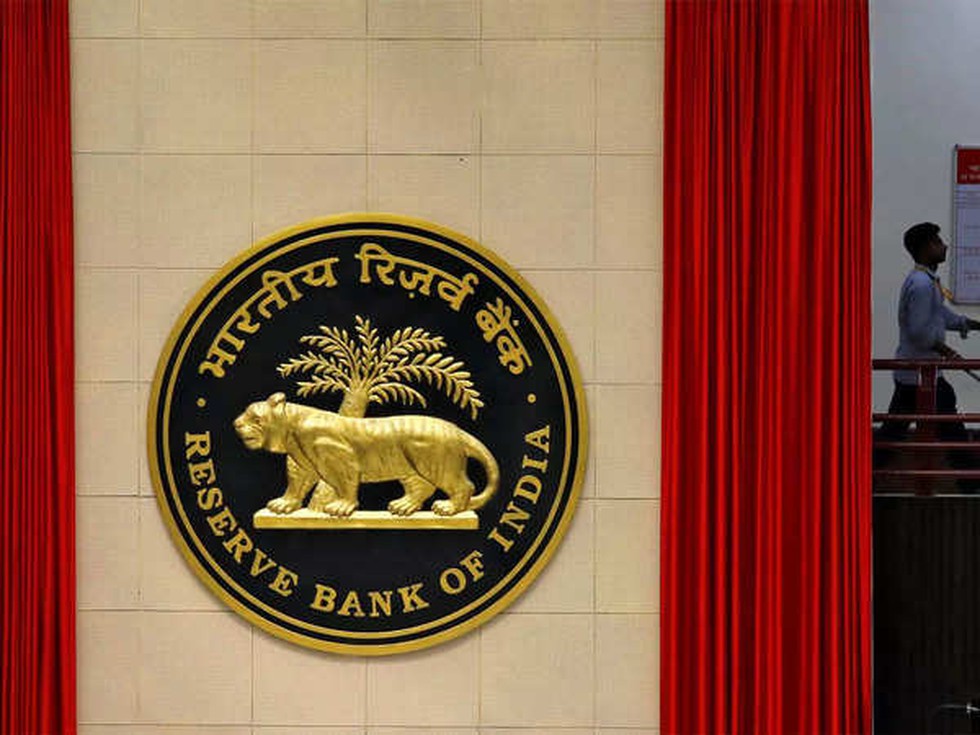
About Pravaah Portal:
- Pravaah (Platform for Regulatory Application, Validation, and AutHorisation) is a secure and centralised web-based portal for any individual or entity to seek authorisation, license, or regulatory approval on any reference
made by it to the RBI. - The following are some of the key features available in the portal:
- Submit the application online on the portal.
- Track and monitor the status of the application/reference.
- Respond to any clarification/query sought by the RBI in connection with the application/reference; and
- Receive a decision from the RBI in a time-bound manner
- This portal will also enhance the efficiency of various processes related to the granting of regulatory approvals and clearances by the RBI.
- At present, 60 application forms covering different regulatory and supervisory departments of RBI have been made available on the portal.
- This also includes a general-purpose form for applicants to submit their requests, which are not included in any other application form.
About Retail Direct Mobile App:
- The retail direct portal was launched in November 2021 to facilitate retail investors to open their Retail Direct Gilt accounts with the RBI (https://rbiretaildirect.org.in) under the Retail Direct Scheme.
- The scheme allows retail investors to buy G-Secs in the primary auctions as well as buy and sell G-Secs in the secondary market.
- With the launch of the retail direct mobile app, retail investors can now transact in G-Secs using the mobile app on their smartphones.
About FinTech Repository:
- It aims to capture essential information about FinTech entities, their activities, technology uses, etc. FinTechs, both regulated and unregulated.
- It will contain information on rich repository of data on Indian FinTech firms for a better understanding of the sector that would be useful for both policymakers and participating industry members.
- Simultaneously, a related repository for only RBI-regulated entities (banks and NBFCs) on their adoption of emerging technologies (like AI, ML, Cloud Computing, DLT, Quantum, etc.), called EmTech Repository is also being launched.
- The FinTech and EmTech Repositories are secure web-based applications and are managed by the Reserve Bank Innovation Hub (RBIH), a wholly owned subsidiary of RBI.
About Anopheles stephensi:
- It is a malaria vector native to South Asia.
- It transmits both Plasmodium falciparum and P. vivax. It rapidly adapts to changes in the environment and is found in both rural and urban areas.
- This is different from African malaria vectors, which are typically found in rural areas.
- This species can thrive in urban areas and likes being near humans.
- They lay their eggs in any available water source – such as water containers, abandoned tyres and flowerpots – and their eggs can survive being dry for a long period of time.
- In addition, An. stephensi feeds on its vertebrate host both indoors and outdoors. This reduces the impact of commonly used vector control methods such as insecticide-treated nets and indoor residual spraying.
- Concerns:
- Anopheles stephensi as well as of Aedes mosquitoes, which carry many dreaded diseases including dengue, yellow fever, chikungunya and Zika.
- The invasion of this urban mosquito into Africa threatens the malaria elimination aspirations of the continent, particularly as 42.5% of Africa’s population now live in urban area.
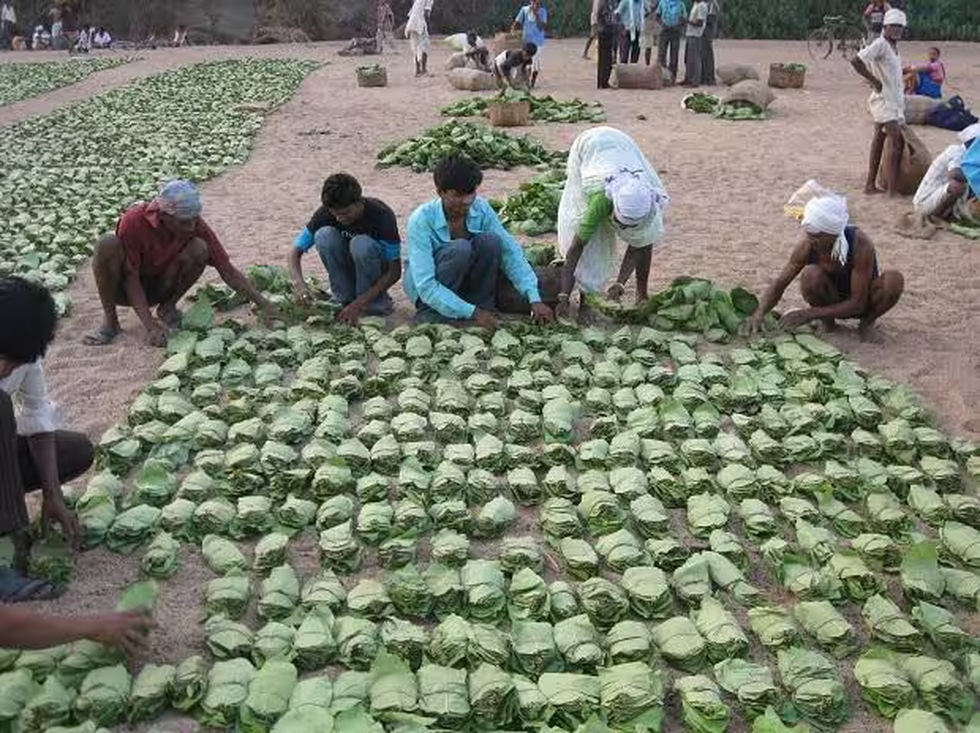 About Minor Forest Produce:
About Minor Forest Produce:
- The Scheduled Tribe and Other Traditional Forest Dwellers (Recognition of Forest Rights) Act, 2006, or Forest Rights Act (FRA), defines ‘minor forest produce’ as any non-timber forest product of plant origin.
- This includes various items such as bamboo, brush wood, stumps, cane, tussar, cocoons, honey, wax, lac, kendu leaves, medicinal plants, herbs, roots, tubers and similar items.
- In simple terms, it encompasses all other forest products, excluding timber.
What is Kendu Leaf?
- It is called the green gold of Odisha. It is a nationalized product like Bamboo and Sal seed.
- It is one of the most important non-wood forest products of Odisha.
- It is also referred to as tendu leaf in some parts of the country and is used to roll tobacco into bidis (local cigarettes).
- Production:
- The states producing kendu leaves in India comprise mainly Madhya Pradesh, Chhatisgarh, Odisha, Andhra Pradesh, Jharkhand, Gujarat, and Maharastra.
- Odisha is the third-largest producerof kendu leaf after Madhya Pradesh and Chhattisgarh.
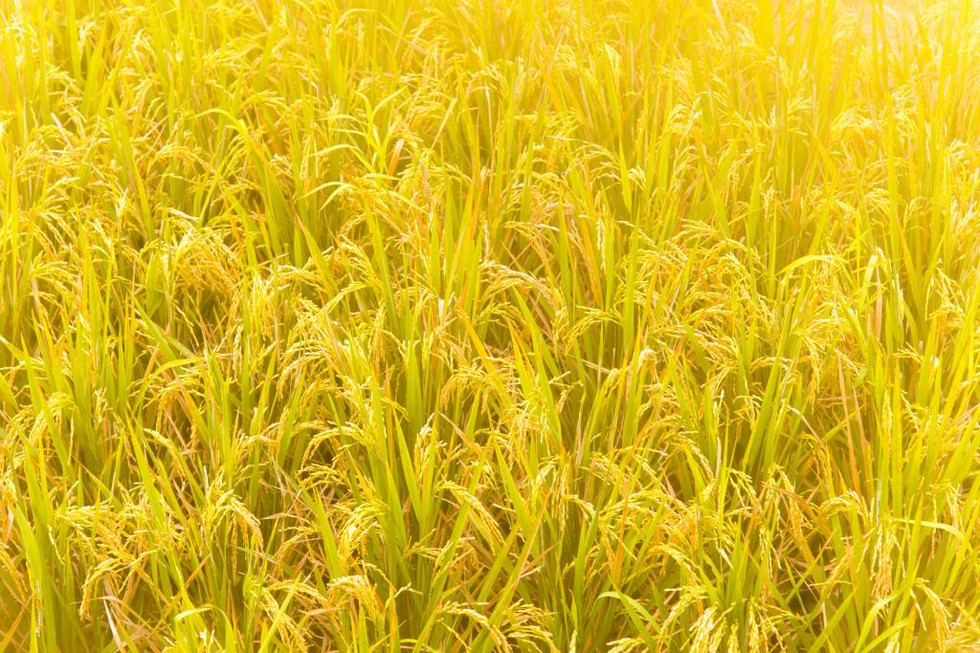
About Golden Rice:
- It is a new type of rice that contains beta carotene (provitamin A, a plant pigment that the body converts into vitamin A as needed). This compound is what gives this grain its yellow-orange or golden color.
- It is developed through genetic engineering.
- While ordinary rice does produce beta carotene, it is not found in the grain. Thus, scientists used genetic engineering to add the compound to the grain - a minor tweak that improved the grain’s nutritive value.
- The beta carotene in Golden Rice, which was made possible by the addition of two new enzymes, is identical to the beta-carotene found in green leafy and yellow-colored vegetables, orange-colored fruit, and even in many vitamin supplements and food ingredients.
- Like ordinary rice, Golden Rice does not require any special cultivation practices, and generally has the same yield and agronomic performance.
- This rice is expected to cost and taste the same as regular rice, its beta carotene content makes it a valuable asset in the battle against Vitamin A deficiency (VAD).
- Vitamin A is an essential micronutrient for growth, development, and keeping the body’s visual and immune systems healthy.
- VAD weakens the body’s resistance to diseases and infections, causes blindness, and may even result in death if left untreated.
 About Evacuation Slides:
About Evacuation Slides:
- It is an inflatable slide which allows passengers to safely exit the flight during an emergency, especially when the flight door is high above the ground.
- There are four types of evacuation slides:
- Inflatable slide: The inflatable slide helps passengers descend to the ground from an aircraft exit door. In case they cannot use the doors, they can try to reach either of the aircraft wings. From there, they can use the slide to reach the ground.
- Inflatable slide/raft: It does the same job as the slide, but it can also be used as a life raft in case the aircraft has to land on water.
- Inflatable exit ramp: The inflatable exit ramp is installed to help passengers move from certain overwing exits (or aircraft emergency exits) to the wings if that path looks better for reaching the ground.
- Inflatable exit ramp/slide: The inflatable exit ramp/slide is there to assist in descending from an overwing exit or aeroplane wing to the ground. It is a combination ramp and wing-to-ground device.
- These are typically made from carbon fibres and a nylon material coated with urethane for fire resistance. Strong fibres are used to build these slides so that passengers are not able to tear them while descending.
- Slides are generally packed and installed within a cabin door or into an external fuselage compartment.
- They are inflated with the help of high-pressure gas carbon dioxide or nitrogen gas containers and ambient air through suction machines.
- What are the protocols for deploying evacuation slides?
- An evacuation slide must be deployed when the distance between the ground and the flight exit door is six feet or more.
- The European Union Aviation Safety Agency’s guidelines say that a slide should be automatically deployed, once the door is opened. The slide must be inflated between six and 10 seconds, depending on its location.
- It should be properly deployable in all weather conditions — as cold as -40 degree Celsius and as hot as 71 degree Celsius.
- The slide should be able to sustain a rainfall of up to one inch an hour and winds up to the speed of 46 km/hr which would be coming 45 degree angles around the aeroplane.

About Himalayan serow:
- It resembles as a cross between a goat, a donkey, a cow, and a pig.
- Types
- There are several species of serows, and all of them are found in Asia.
- The Himalayan serow, or Capricornis sumatraensis thar, is restricted to the Himalayan region. Taxonomically, it is a subspecies of the mainland serow (Capricornis sumatraensis).
- Diet: These are herbivores species.
- Distribution: These are typically found at altitudes between 2,000 metres and 4,000 metres (6,500 to 13,000 feet). They are known to be found in eastern, central, and western Himalayas, but not in the Trans Himalayan region.
- Conservation Status:
- IUCN Red List: Vulnerable
- CITES: Appendix I
- The Wildlife Protection Act, 1972: Schedule I
Key facts about Nameri Tiger Reserve
- It is situated in the northern part of the Sonitpur district of Assam, along the foothills of Arunachal Pradesh.
- The Nameri National Park constitutes the core of NTR, which is bound by rivers, viz. Jia-Bhoreli in the west and Bor-Dikorai in the east.
- The Pakke Tiger Reserve of Arunachal Pradesh is on the North and the habitat is contiguous.
- Flora: It is made up of tropical evergreen, semi-evergreen, moist deciduous forests with cane brakes and narrow strips of open grassland along rivers.
- Fauna:
- The habitat is biologically rich and is famous for the white winged wood duck.
- Even Leopard cat, common otter, Black giant squirrel, Indian mongoose, Large clawed shrew, Indian flying fox, slow loris, Assameese macaque, Rhesus macaque are also found here.



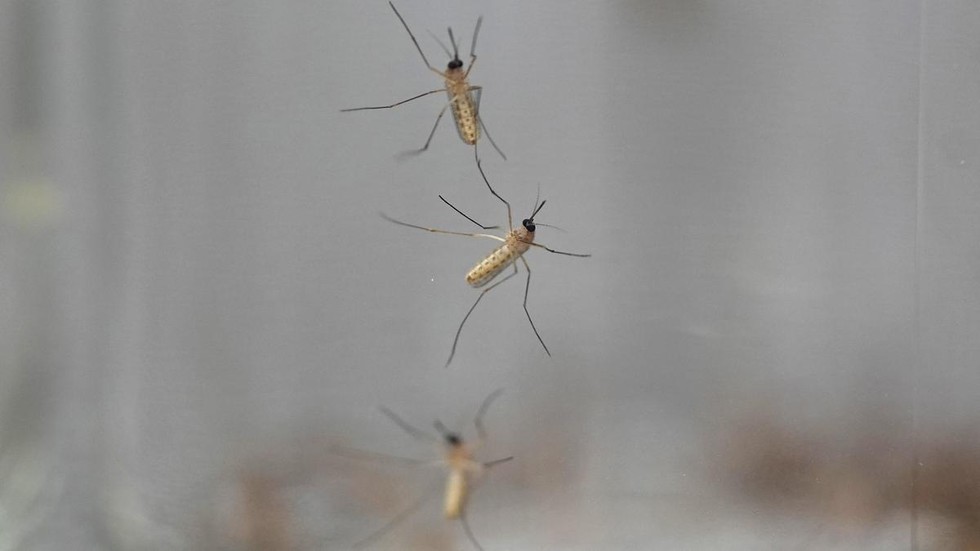























































































































































.png)
.png)
.png)
.png)
.png)


.png)
.png)
.png)





.png)
.png)






.png)
.png)
.png)
.png)
.png)
.png)
.png)
.png)
.png)

.png)







.png)
.png)


.png)
.png)
.png)


.png)

.png)
.png)





.jpg)

.png)
.png)


.png)

.png)
.png)
.png)

.jpg)

.jpg)


.png)

.png)
.png)
.png)
.png)
.png)
.png)
.png)
.png)
.png)
.png)




.png)

.png)





.png)
.png)
.png)
.png)
.png)
.png)
.png)
.png)
.png)
.png)
.jpg)
.jpg)

.png)
.png)
.png)
.png)
.png)
.png)
.png)
.png)
.png)
.png)
.png)
.png)
.png)
.png)
.png)
.png)
.png)
.png)
.png)
.png)
.png)
.png)



.png)
.png)

.jpg)
.jpg)


.jpg)
.jpg)
.jpg)
.jpg)
.jpg)

.jpg)








.jpg)
.jpg)
.jpg)
.jpg)
.jpg)

















.jpg)
.jpg)







.jpg)


















.jpg)
.jpg)






























































































.jpg)
.jpg)


























.jpg)

.jpg)










.jpg)








.jpg)




.jpg)










.jpg)


















.jpg)












































.jpg)














.jpg)
.jpg)
.jpg)





.jpg)

.jpg)
.jpg)





































































.jpg)


































.jpg)
.jpg)
















































.jpg)












.jpg)


.jpg)




.jpg)
.jpg)
.jpg)

.jpg)
.jpg)
.jpg)
.jpg)

.jpg)
.jpg)
.jpg)

.jpg)
.jpg)
.jpg)
.jpg)
.jpg)
.jpg)
.jpg)
.jpg)

.jpg)


.jpg)
.jpg)
.jpg)
.jpg)
.jpg)
.jpg)
.jpg)
.jpg)
.jpg)
.jpg)











.jpg)
.jpg)





.jpg)
.jpg)
.jpg)
























.jpg)
























.jpg)









.jpg)
.jpg)







.jpg)
.jpg)









































.jpg)
.jpg)
.jpg)
.jpg)
.jpg)

.jpg)
.jpg)
.jpg)
.jpg)
.jpg)


.jpg)
.jpg)
.jpg)
.jpg)
.jpg)

.jpg)
.jpg)
.jpg)
.jpg)
.jpg)
.jpg)
.jpg)
.jpg)
.jpg)
.jpg)
.png)

.png)
.png)

.png)
.png)
.png)
.png)


.jpg)
.jpg)

.jpg)
.jpg)
.jpg)

.png)
.png)
.png)
.png)
.png)
.png)
.png)

.png)
.png)
.png)
.png)
.png)
.png)
.png)
.png)
.png)
.png)





































































-min.png)



.png)




.png)








































